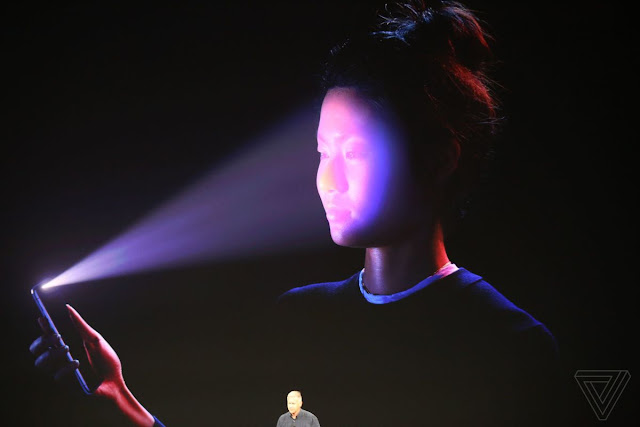Apple Pays Finisar $390 Million to Try and Lock Down Its Supply of Precious iPhone X Sensors
Tech monster Apple put up the iPhone X for sale to the public this year, however not without huge creation falters that brought about forecasts of supply shortagesfor retailers and customers. Reports on Wednesday demonstrate that Apple is moving rapidly to guarantee future access to a portion of the gadget's more intricate parts to diminish the chances of that event again later on.
Per Reuters, Apple's $390 million manage Finisar Corp won't just secure in the organization's future supply of vertical-cavity surface-discharging lasers (VCSELs)— some portion of the muddled sensor set behind the iPhone X's Face ID tech—yet all the while make it more troublesome for any of its rivals to get their hands on a few.
VCSELs are not another innovation, but rather the scaled down kind utilized as a part of cell phones to empower exceptionally point by point 3D mapping are frequently refered to as the fate of expanded reality innovation. Fitting them into a little gadget like the iPhone X is such a specialized test, to the point that Apple purportedly needed to unwind quality necessities to meet dispatch due dates, as Bloomberg detailed not long ago:
The spot projector is at the core of Apple's creation issues. … The spot projector utilizes something many refer to as a vertical pit surface-radiating laser, or VCSEL. The laser light emissions a focal point known as a wafer-level optic, which centers it into the 30,000 purposes of infra-red light anticipated onto the client's face. The laser is made of gallium arsenide, a semiconductor material, and the focal point is built of glass; both are delicate and effortlessly broken. Accuracy is critical. In the event that the minute segments are off by even a few microns, a small amount of a trifle, the innovation won't not work appropriately…
Face ID is the main part of the iPhone X that genuinely needs VCSELs to work, yet they're most likely inevitably going to be utilized as a part of a more extensive scope of AR applications. For instance, a less modern adaptation of the equipment implanted in the Microsoft Kinect can track clients' developments over a room; in cell phones, they may hold the ability to upgrade the constancy of AR objects being anticipated live into a genuine scene. VCSELs have likewise been utilized as a part of a few other telephone brands for less showy capacities like self-adjust.
As indicated by Reuters, Apple made the $390 million installment out of a bigger $1 billion store saved for U.S. fabricating. Finisar depicted the arrangement not as a speculation, but rather speaking to "expected future business between the organizations over some undefined time frame." To take care of demand, it will re-open a 700,000-square-foot plant in Sherman, Texas.
Since that office will deliver VCSELs for Apple, the arrangement is probably going to put no less than a transitory barrier on its rivals' capacity to acquire them. One of the main different makers is Lumentum Holdings Inc., which was generally reputed to be Apple's wellspring of the parts not long ago—however it was tormented with creation bottlenecks before the iPhone X dispatch. As Bloomberg noticed, Finisar's stock rose up to 32 percent on Wednesday, while Lumentum lost up to 15 percent.
In spite of the fact that this may mean iPhone X-style capacities are somewhat slower going to your Samsung, Huawei, or Google gadgets, don't worry excessively: As Gizmodo noted in our iPhone 8 survey, you can get by fine and dandy without the most recent lasers in your telephone.





No comments:
Post a Comment